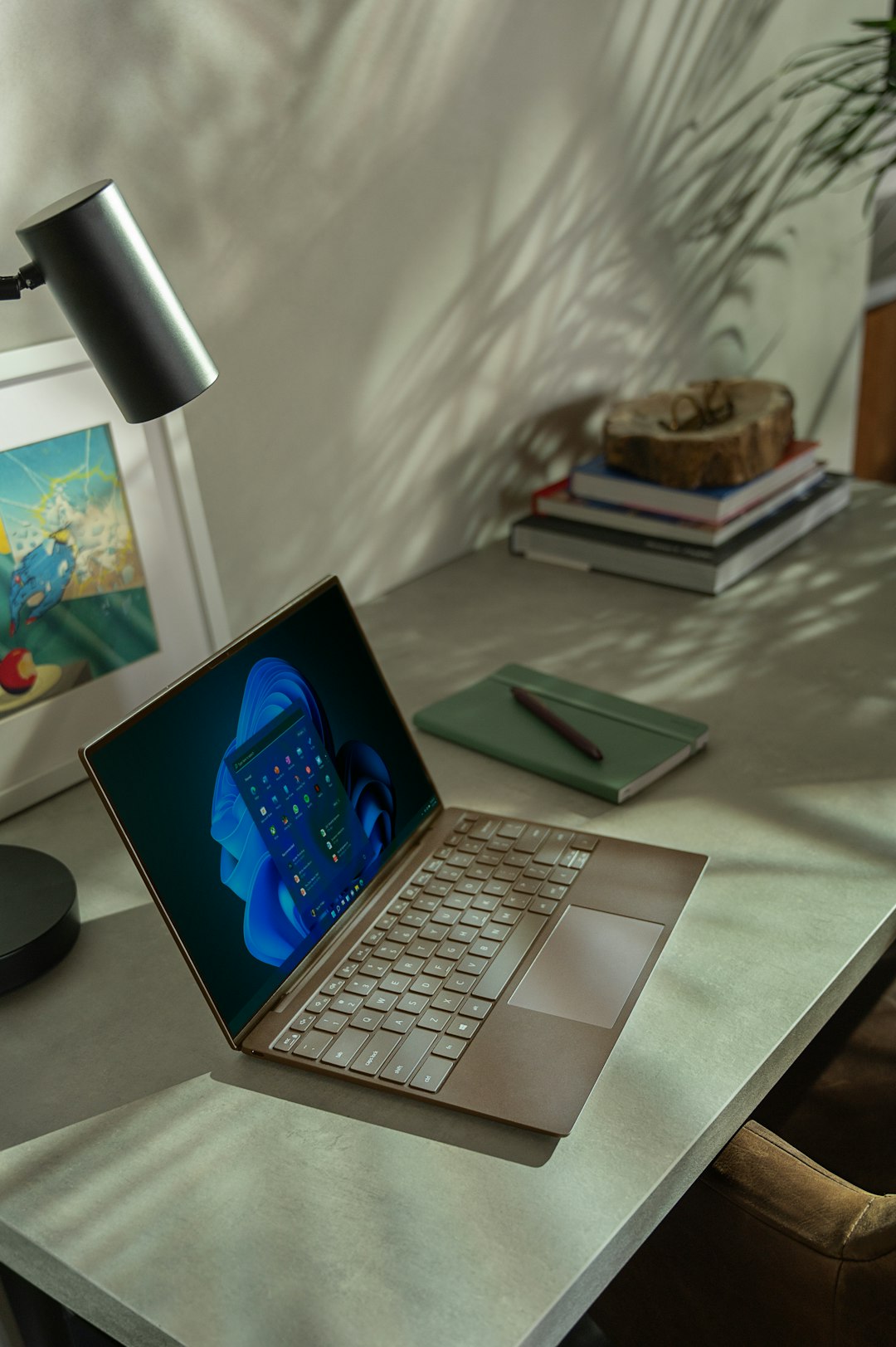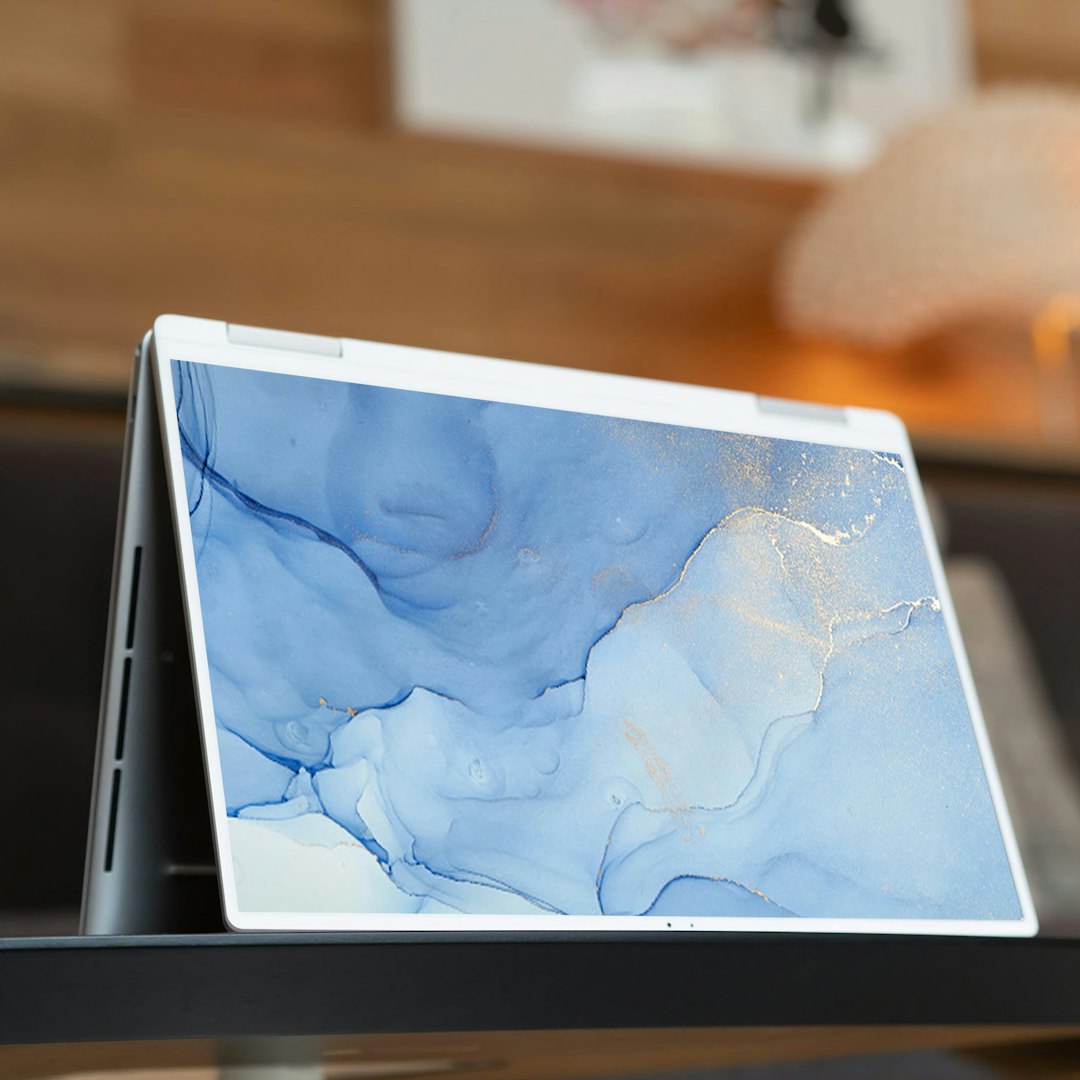If your Surface Pro 4 screen has suddenly turned into a scrambled mess—lines, flickers, or distorted visuals—you’re not alone. Many users have encountered this frustrating issue, which has been nicknamed “Flickergate.” Thankfully, there are several proven fixes you can try before considering a costly replacement. This comprehensive guide outlines 12 reliable solutions to get your Surface Pro 4 working properly again in 2025.
What Causes a Scrambled Surface Pro 4 Screen?
Screen scrambling or flickering could result from several reasons:
- Overheating due to prolonged usage or heavy workloads.
- Outdated display drivers or software incompatibilities.
- Hardware faults related to the display connector or screen itself.
- Firmware or OS issues in Windows or Surface firmware.
12 Fixes That Actually Work (2025 Edition)
-
Install the Latest Windows and Firmware Updates
Always start here. Go to Settings > Windows Update and ensure everything is current, including Surface firmware. Microsoft regularly releases patches for hardware-related glitches. -
Update or Roll Back Display Drivers
Access Device Manager > Display Adapters, right-click the Intel HD Graphics driver, and choose to Update Driver. If the issue started recently, rolling back to an earlier version may help. -
Turn Off Windows Desktop Manager
Temporarily disabling this background service might stabilize the screen. Press Windows + R, type services.msc, find Desktop Window Manager Session Manager, and stop the service. -
Lower Screen Brightness
Surprisingly, decreasing brightness helps in many cases. You can adjust this in the Action Center or through Settings > System > Display. -
Use an External Monitor
Plug your Surface into an external monitor using Mini DisplayPort to HDMI or USB-C. If the external display works fine, it points toward a faulty internal screen.

-
Activate High Performance Power Plan
Switch your power settings by going to Control Panel > Power Options and selecting High Performance. This can help manage overheating and CPU-related performance that may affect graphics. -
Reset the Display Settings
Right-click the desktop, choose Display Settings, and select “Reset” or reset resolutions to the default recommended value. -
Perform a Two-Button Shutdown
This resets the device at hardware level. Hold the Power Button for 30 seconds. Then press and hold Power + Volume Up for 15 seconds, release, and wait 10 seconds before turning it on. -
Check for Screen Burn-in or Overheat Damage
Prolonged heating has been known to cause GPU or screen issues on the Surface Pro 4. Use apps like HWMonitor to check temperatures. Consider laptop cooling pads to reduce heat.

-
Boot in Safe Mode
This disables third-party drivers and processes. If the system runs smoothly in Safe Mode, a software conflict is likely the cause. -
Run Surface Diagnostic Toolkit
Microsoft provides a dedicated Surface Diagnostic Toolkit. Download from Microsoft’s official site and run it to identify and automate certain fixes. -
Replace the Display or Consult a Technician
If none of the above work, the issue may be hardware-related. Out-of-warranty service from Microsoft or a local certified repair center may be your last resort.
Final Thoughts: Prevention Helps
Regularly updating software, using your Surface Pro 4 on hard surfaces, and keeping it well-ventilated can prevent scrambling issues. Though the model is aging, it’s still a capable device when maintained correctly.
Taking action early when you notice flickering or screen glitches can prevent further damage and extend the life of your Surface Pro 4.


